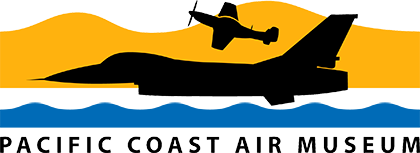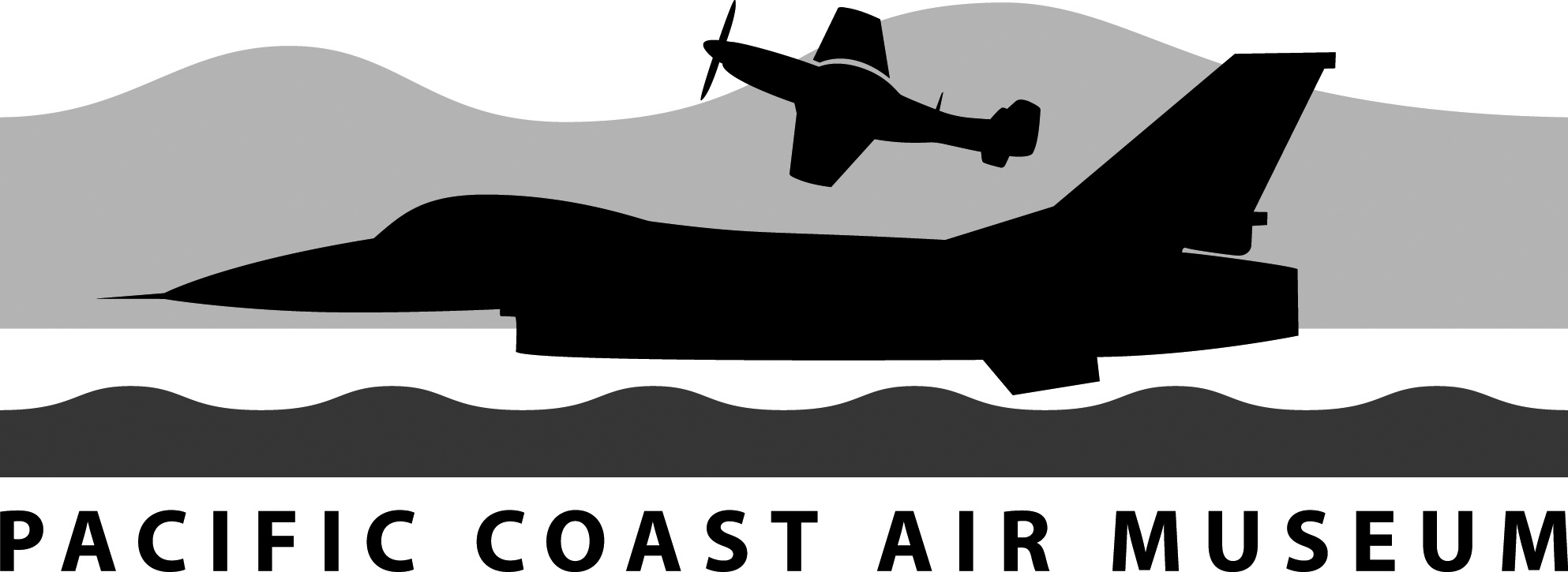F-15A Eagle #102: the September 11 First Responder
The Pacific Coast Air Museum has the honor of being the home of the first aircraft to respond to the World Trade Center attacks in New York City on September 11, 2001. The F-15 Eagle is on loan from the National Museum of the United States Air Force.
The 9/11 “First Responder” F-15A Eagle #77-102 was flown by Lt. Col Duffy on combat air patrol missions to clear the New York City airspace. “102” and the 102nd Fighter Wing continued to protect the skies over the eastern United States for several months.
F-15 Eagle History
From Wikipedia: The McDonnell Douglas F-15 Eagle is an American twin-engine, all-weather tactical fighter aircraft designed by McDonnell Douglas (now Boeing) to gain and maintain air supremacy in aerial combat. Following reviews of proposals, the United States Air Force selected McDonnell Douglas’ design in 1967 to meet the service’s need for a dedicated air superiority fighter. The Eagle first flew in July 1972, and entered service in 1976. It is among the most successful modern fighters, with over 100 victories and no losses in aerial combat, with the majority of the kills scored by the Israel Air Force.
The Eagle has been exported to Israel, Japan, and Saudi Arabia. The F-15 was originally envisioned as a pure air superiority aircraft. Its design included a secondary ground-attack capability that was largely unused. The aircraft design proved flexible enough that an all-weather strike derivative, the F-15E Strike Eagle, was later developed and entered service in 1989. The F-15 Eagle is expected to be in service with the U.S. Air Force past 2025. Newer models are still being produced for foreign users. The F-15 production line is set to end in 2019, 47 years after the type’s first flight.
F-15 Eagle Specifications
Wingspan
42 ft 10 in
Length
63 ft 9 in
Height
18 ft 6 in
Maximum takeoff weight
68,000 lbs
One (pilot)
Maximum speed, high-altitude
Mach 2.5+ (1,650+ mph, 2,660+ km/h)
Maximum speed low altitude:
Mach 1.2 (900 mph, 1,450 km/h)
2× Pratt & Whitney F100-100, -220 or -229 afterburning turbofans
Dry thrust: 17,450 lbf (77.62 kN) each
Thrust with afterburner: 25,000 lbf for -220; 29,000 lbf for -229 (111.2 kN for -220; 129.0 kN for -229) each
Fixed: 1× 20 mm (0.787 in) M61A1 Vulcan 6-barrel Rotary cannon, 940 rounds
Disposable: Various combinations of AIM-7 Sparrow, AIM-9 Sidewinder, and AIM-120 AMRAAM missiles, drop tanks, electronics pods, and cargo pods carried on two underwing pylons. Four AIM-7 Sparrow missiles are carried semi-recessed on the fuselage.
Joint Helmet Mounted Cueing System
Radar: Raytheon AN/APG-63 or AN/APG-70 or Raytheon AN/APG-63(V)1 or Raytheon AN/APG-63(V)2 Active Electronically Scanned Array (AESA) or Raytheon AN/APG-63(V)3 Active Electronically Scanned Array (AESA)
Countermeasures: Northrop Grumman Electronic Systems AN/ALQ-131 electronic countermeasures pod, Hazeltine AN/APX-76 or Raytheon AN/APX-119 Identify Friend/Foe (IFF) interrogator, Magnavox AN/ALQ-128 Electronic Warfare Warning Set (EWWS) – part of Tactical Electronic Warfare Systems (TEWS), Loral AN/ALR-56 Radar warning receivers (RWR) – part of TEWS, Northrop Grumman Electronic Systems ALQ-135 Internal Countermeasures System (ICS) – part of TEWS. Marconi AN/ALE-45 Chaff/Flares dispenser system – part of TEWS.
Gary Greenough





































